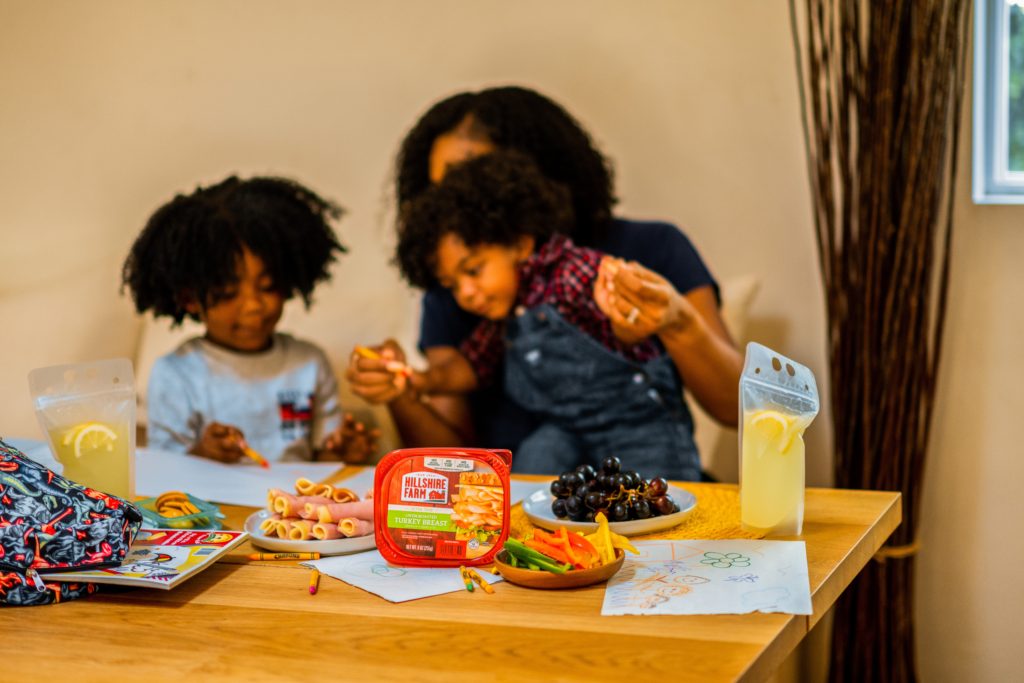Description: Psychologist explains how to understand behaviour that challenges in children and explores ways you can promote positive behaviour in your child.
Note from author
Whilst working in the field of Psychology I have continued my education in child development, recently taking a course in “Behaviour that Challenges in Children”.
The interest I have in the subject led me to write the article below. I hope you find the topic as engaging as I do.
Introduction
Gone are the stigmatising and blaming terminologies of “socially unacceptable” and “problematic” behaviour.
Instead, we now look to the child whose behaviour is disruptive or challenging in a nurturing way. Then we find out what needs they have which are not being met, and what strategies we can use to promote more positive behaviour.
The term “behaviour that challenges” can describe incidents of self-harm, aggression, disruptiveness and destruction.
It can cause risk of harm to others or cause the child to live a poorer quality of life.
Positive behaviour, however, ensures that the wellbeing and dignity of children and those around them are being maintained, whilst addressing the physical, emotional, psychological, intellectual, and social needs of the child.
Meeting needs in a holistic way (i.e., taking into account all aspects of the child’s life) can help to identify why/how behaviour that challenges arise. Then can encourage positive behaviour to take its place.
The ways we can teach, and role model positive behaviour are through compassion, empathy, dignity, warmth and respect.
We can help each child to participate in social and educational activities as well as ensuring risks are properly assessed.
The importance of positive behaviour education
Within positive behaviour education, it is also important to help the child reach a high level of self-esteem. This can promote independence and resilience.
There is nothing wrong with wanting attention (e.g., to display behaviours that just feel good).
But if we help to develop skills in communication the child can better understand how to appropriately draw others attention to their needs.
This piece of writing will briefly summarise who is likely to experience challenging behaviour, and strategies that can best help.

Who is likely to experience behaviour that challenges?
Peers, staff and parents can experience challenging behaviour by witnessing it or being a part of the child’s life.
This can cause issues within families. It can cause confusion, and judgement for those that don’t know the child. It can also cause burnout for staff, and disruption of learning for other children.
For anyone taking care of a child who often experiences behaviour that challenges it can lead to feelings of stigma or discrimination from other people who make assumptions or judgements.
It can also lead to feelings of guilt and shame. Parents may need to ask their other children or other adults for help.
In this instance, the key is to look after oneself, take care of one’s own mental health, build a support network, stick to a routine, and seek help from a local authority without the aforementioned feelings of guilt or shame.
For the child themselves, impacts can include social isolation and falling behind at school. They can develop mental health conditions such as depression and long-term effects on membership in society.
Managing challenging behaviours in a positive way
Any child can experience behaviour that challenges at any time if the circumstances call for it.
However, there are indicators that mean some children are more likely to experience it consistently, and these include: having chronic pain, having a learning disability, experiencing bullying or abuse, experiencing mental health conditions, going through significant transitions (e.g., bereavement), or having a lack of control in areas of one’s own life.
What is most important is to take the time to get to know the child. By learning of factors that may negatively influence the child’s behaviour, one can take steps to avoid these triggers. One can also learn how to manage the behaviours that arise in response more positively.
The external factors that could be triggering behaviour that challenges may also include; the room temperature being too hot or cold, a change of environment, crowding, aggressive peers/parents etc.
To summarise, any child can display behaviour that challenges. However those who seem to have more triggers can be supported holistically to find out the reasons why and develop a plan to support.
The next section will look over some strategies that could be used to promote positive behaviour.

Proactive strategies to promote positive behaviour
Those who care for a child exhibiting challenging behaviour, can put their heads together to create a positive behaviour support plan after assessing the behaviour and identifying what the function of behaviour might be.
If the behaviour is to gain attention by being disruptive or hurting others/themselves, the plan could be to teach the child how they can get your attention in a more appropriate way.
Then, when the child is using the new technique, make sure to notice and respond as soon as possible to reinforce the positive behaviour.
Where possible, ignore hitting but don’t ignore the person. Instead explain and use phrases such as “hands down” when the child goes to hit again.
If they are hitting others to escape or avoid someone, one option would be to give the child an effective way to stop something they don’t like. This could be a sign or word to say “finish” or “home”. Let them know how long the session will last and introduce them to it gradually to feel more comfortable.
They may also be hitting because they have sensory needs. This can lead to creative ideas such as using a box or drum to hit. Make sure to meet their sensory needs in an engaging way which won’t isolate them further.
All plans should have specific instructions. They should be achievable for the child. And they could also be time-bound i.e., monitor if the specific instructions work over the course of a few months and then change it up if the child is not responding well.
Using a behaviour support plan
Positive behaviour can and should be promoted at all possible times. This can be through rewarding it, modelling it, or teaching other options (e.g., assertion rather than aggression).
Following on from the behaviour support plan, it is also helpful to have consistency throughout caregivers, teachers etc of how to approach the behaviour that challenges.
The support plan can help make this clear to each person in the child’s life. It is also important to remain patient and compassionate. Children can easily pick up on the atmosphere of impatience. This can make them agitated and provoke more negative behaviour.
It is never helpful to punish as it will almost inevitably lead to escalation or repetition. This is because the child may not have understood they have done anything wrong and were just trying to communicate a need.
Finally, account for the environment of the child (if they have a certain condition that makes them more sensitive to noise or light you can adjust these to suit their needs).
Some children prefer certain methods of communicating over others and being aware of this can help. Each child is unique and therefore the strategies to help them should reflect this.




